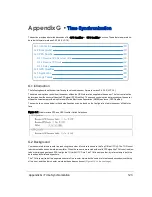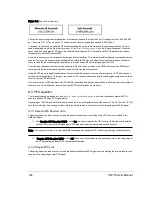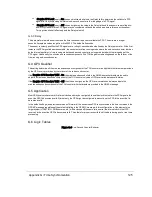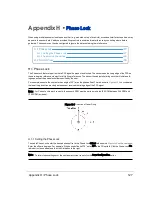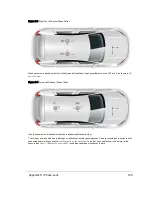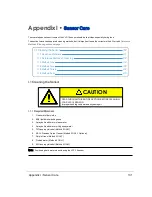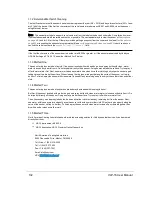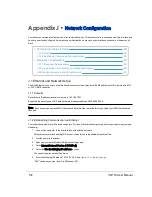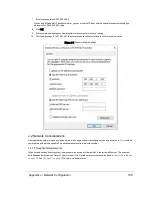
You should assess network loading to see if your network’s topology can accommodate the sensor data rate you select.
J.2.2 Single Sensor Transmitting to a Broadcast Address
Below is a single sensor on a network transmitting to a broadcast address works without any contention.
Figure J-2 Single Sensor Broadcasting on a Simple Network
This is the simplest network, with sensor data flow free from competition or interference. Here it is acceptable for the
sensor to broadcast its data on the network.
J.2.3 Multiple Sensors in the Same Network
Note: Each sensor must have its own, unique IP address in a given network.
When using multiple Velodyne LiDAR sensors in a network it is imperative that you set each sensor's destination IP
address to a specific, non-broadcast IP address. However, two or more sensors may share the same destination address.
The scenarios below illustrate the wrong way and then a better way to configure them. (An alternative would be to direct-
connect sensors to separate NICs.)
J.2.3.1 Multiple Sensors Transmitting to a Broadcast Address
If multiple sensors on a network transmit data to a broadcast address, each sensor will see the broadcast data of the other
sensors. The additional overhead steals cycles from the sensor (and possibly other networked devices) and may lead to a
degradation in performance. (See
Phase Locking Multiple Sensors on page 37
for additional
information on using multiple sensors within sensing range of each other.)
. Note that each sensor’s destination address is set to
255.255.255.255.
136
VLP-16 User Manual


